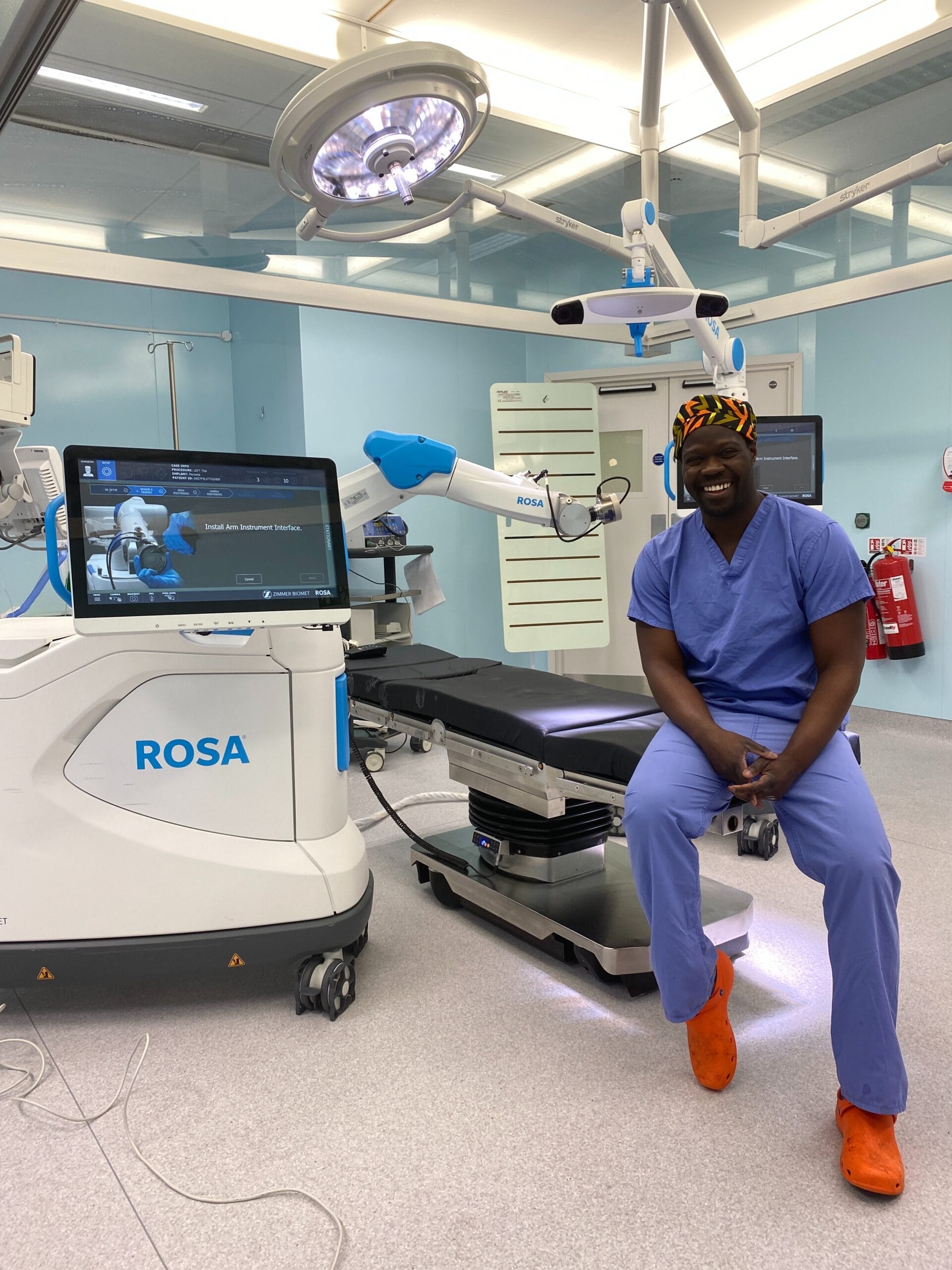With our ever increasing busy lives it’s tempting to skip regular eye check-ups, especially if we haven’t noticed any changes to our sight. But whilst some eye conditions have noticeable symptoms, many are so minor they go under your radar and can silently damage your eyes. If left untreated, they can threaten your sight.
‘Having regular sight tests is important, not just for picking up changes in your vision and your prescription for glasses or contact lenses, but also other underlying health conditions and causes of irritation’, says Dr Susan Blakeney, an optometrist and Clinical Adviser with the College of Optometrists.
Here’s our quick guide to five common eye conditions.
Cataracts
Cataracts form when the normally clear lens in the eye becomes cloudy. This gets in the way of light focusing on the retina at the back of the eye and results in fuzzy vision.
• Cataracts are associated with growing older and one in three people are estimated to have some form of cataract by the age of 60.
• Not everyone will notice symptoms, or if they do, they mistake them for their eyesight deteriorating with age. Impaired night time vision, especially when driving, is often a sign of cataracts.
• Cataracts can be diagnosed by an optometrist with a piece of equipment called a slit lamp or an ophthalmoscope.
‘Cataracts are treated by removing the cloudy lens and replacing it with a clear plastic one, ‘ says Dr Blakeney.’ It’s the most commonly performed operation in the NHS and usually carried out under local anaesthetic. It’s completely painless as your eye is anaesthetised.’
Dry eye
Up to 30 per cent of the population suffer from dry eye syndrome at some point. It makes the eyes feel scratchy and itchy and can cause blurred vision.
• Dry eye is caused by the eye not making enough tears or the tears evaporating too quickly.
• It can be part of the natural ageing process and more common in the over 60s, but you can get it at any age as there are many other causes including prescription drug side effects, problems with blinking and an imbalance in the makeup of your tears. It may be made worse by spending too much time looking at screens.
• You may have dry eye even though your eyes stream with tears. This is because your dry eye causes irritation which makes your body produce watery tears, but the tears are too watery to properly lubricate your eyes. The irritation may be caused by your tears not containing enough oil to control evaporation or a substance called mucin which helps tears stick to the surface of the eye.
‘Mild to moderate cases can be treated with artificial tear substitutes you can buy from a pharmacist or optometrist ‘ advises Dr Blakeney.’ Taking regular screen breaks to give your eyes a rest, turning down central heating and using a humidifier, giving up smoking and protecting your eyes from wind and hot air may also help.
‘When deciding on the most appropriate treatment for dry eyes it’s important to know what is causing the problem. Treatments include keeping your eyelids clean and unblocking the glands that produce the oily top layer of the tear film. This can be done using heated pads. In some cases, using small plugs which block the ducts that drain your tears away can help, as it helps your existing tears stay in your eye for longer.’
Glaucoma
Glaucoma is an eye condition caused by too much pressure within the eye from fluid build-up, which can damage the optic nerve. Some peoples’ eyes are particularly susceptible to pressure, and have glaucoma even though their pressure is within the normal range.
• Glaucoma affects one in 50 people over the age of 40, and 10 to 15 per cent of 80 year olds.
• The symptoms may not become apparent for five years and include blind spots progressing to tunnel vision and sight loss.
• Most cases are diagnosed by routine check-ups by optometrists before symptoms become noticeable.
‘ Glaucoma isn’t lifestyle related but it’s more common in certain ethnic groups (Black/ Afro-Caribbeans are more prone to it, for instance) and others may have a strong family history of the disease,’ says Dr Blakeney.’ It’s treated with eye drops which reduce the production of fluid inside the eye or increase the flow of fluid out of the eye. Sometimes surgery is required to make a new drainage channel out of the eye or a laser may be used to unblock drainage channels.’
Conjunctivitis
According to one study, conjunctivitis (pink eye) accounts for up to 5 per cent of all GP consultations. It causes redness and itchiness and sometimes a discharge which makes your eyes stick together.
• Conjunctivitis may be infective or allergic. If it’s caused by an infection this may be bacterial or viral. Viral conjunctivitis tends to cause a more watery discharge than bacterial conjunctivitis. A common cause of allergic conjunctivitis is hay fever.
• Most cases of infective conjunctivitis will go away on their own within 5 to seven days without treatment.
• Infective conjunctivitis is contagious so don’t share face towels with someone who has it.
‘Whilst it’s tempting just to buy antibacterial drops from your pharmacist, the cause may not be bacterial,’ advises Dr Blakeney. ‘Seeing an optometrist will enable you to find out the underlying cause and get the most appropriate treatment.’
Age related macular degeneration (AMD)
AMD causes damage to the retina which leads to central loss of vision. This means you can’t see fine details in faces, on TV or read books but you can still see things around you.
• There are two types of AMD -dry AMD and wet AMD. Dry AMD progresses more slowly than wet AMD and doesn’t always affect your vision and there’s currently no treatment for it. Dry AMD may also progress to become wet AMD. Wet AMD progresses more quickly and affects your central vision. Wet AMD can be treated with injections into your eye, so if you have it is important to seek help quickly.
• Symptoms include seeing objects in a distorted way – for instance lamp posts and straight lines may appear curved.
• Age is the biggest risk factor for developing AMD, but smoking increases the incidence of AMD by four times. AMD is more common if you have it in your family or are obese. It may also be linked to UV exposure.
‘ Wet AMD can now be treated with a series of injections in your eye to seal the leaking blood vessels. This may stop the problem getting worse or even improve your vision,’ says Dr Blakeney.
‘However it’s really important to get diagnosed and treated as quickly as possible for the treatment to be most effective, so if you notice any symptoms of distortion in your vision you should see your optometrist straight away.’
What makes Horder Healthcare unique
Horder Healthcare is committed to providing the very best quality of care for our patients and customers. We are continuously working on improving and reducing risks and this is reflected in our consistently high CQC results, patient satisfaction questionnaires and minimal levels of infection.
We are a charity
We reinvest our profit to benefit more people and help us achieve our aim of advancing health.






